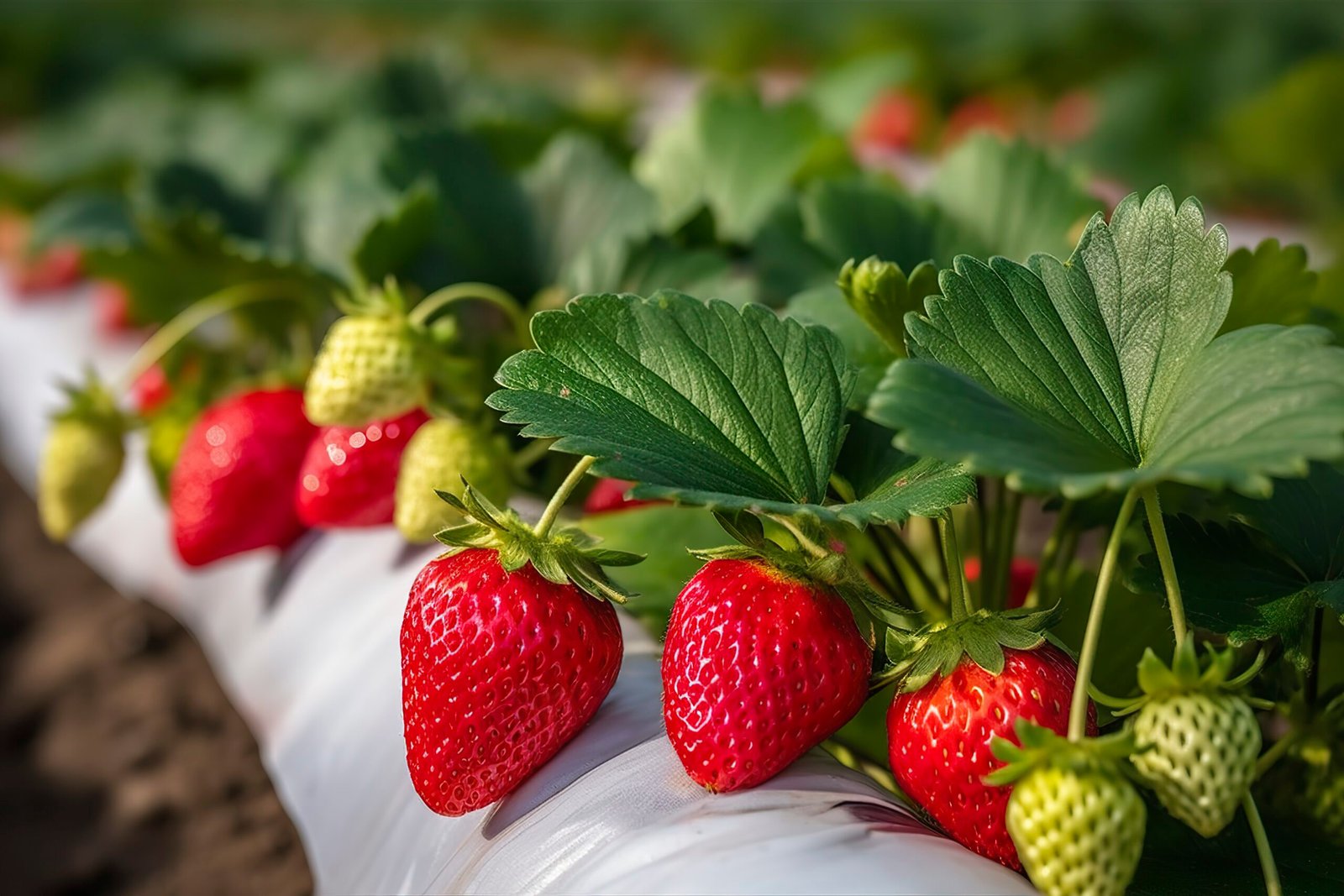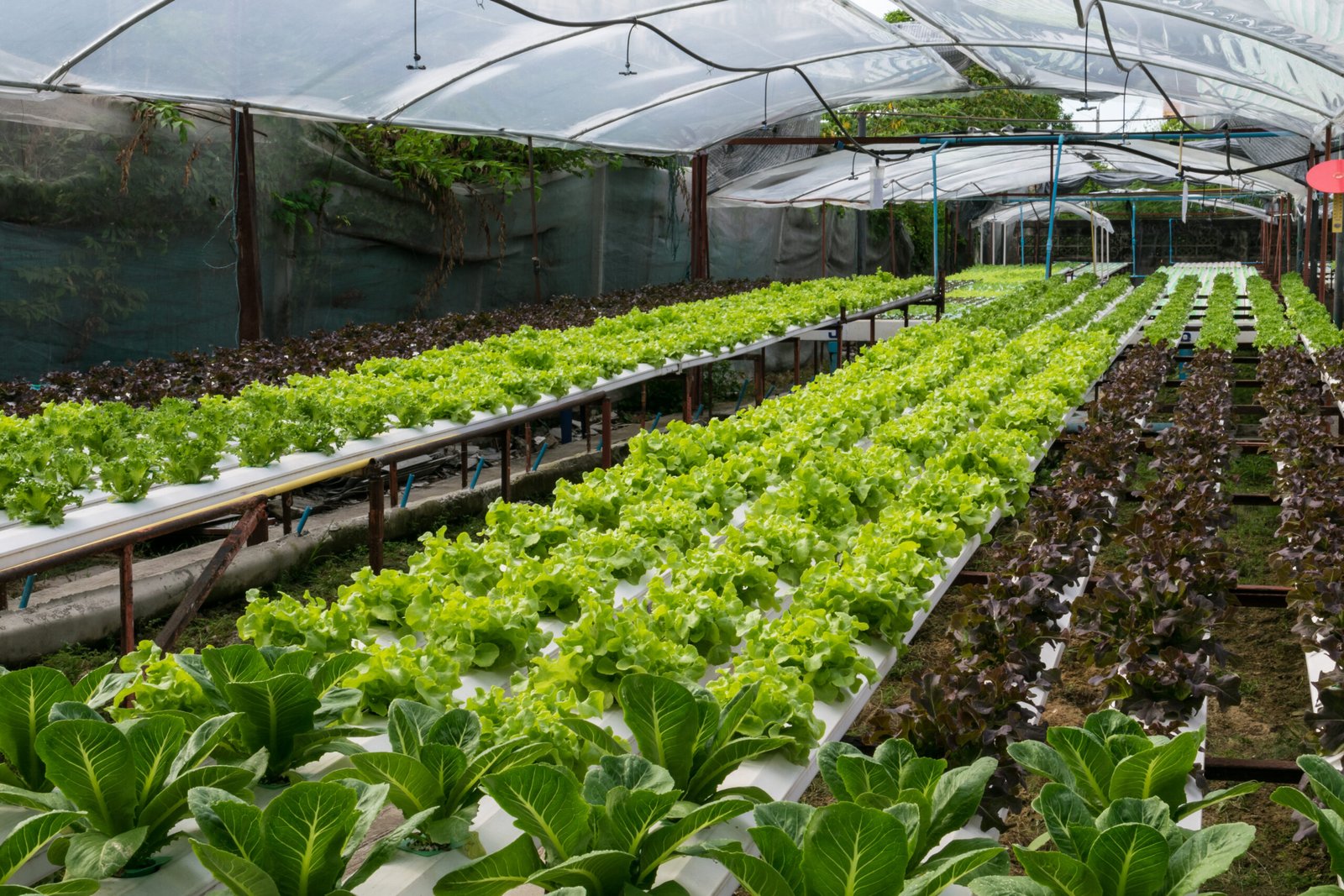Hydroponic farming has revolutionized the way we grow various crops, and strawberries are no exception. Cultivating strawberries through a soil-less culture in hydroponic system offers numerous advantages, including efficient space utilization, controlled nutrient delivery, and higher yields. In this comprehensive guide, we will delve into the world of hydroponic strawberry farming, covering all the essential points to help you embark on a successful soil-less cultivation journey.
Understanding Hydroponic Strawberry Farming
What is Hydroponic Farming?
Hydroponic farming is a method of growing plants without soil, using a soilless culture to support plant and nutrient-rich water solution, to deliver essential minerals directly to the plant roots. This soil-less approach offers precise control over environmental factors, resulting in optimized growth and higher yields.
Advantages of Hydroponic Strawberry Farming
⚫ Space Efficiency: Hydroponic systems allow for vertical and compact growing arrangements, maximizing space utilization.
⚫ Water Conservation: The amount of water given to plants only when plants require it is a nature of hydroponic systems that, minimizes water usage compared to traditional soil-based farming.
⚫ Optimized Nutrient Delivery: Nutrients are delivered directly to the plant roots, ensuring efficient uptake and utilization by providing the customized nutrient recipe for strawberries.
⚫ Year-round Cultivation: With controlled indoor environments, hydroponic farming enables year-round production, independent of seasonal limitations.
⚫ Higher Yields: By providing ideal growing conditions, hydroponic systems often result in increased crop yields compared to traditional methods because of growing more plants than usual in the same space when compared with traditional farming.
* Setting Up a Hydroponic Strawberry Farm
* Selecting the Right Hydroponic System
⚫ Adding concept of Dutch Bucket system + Drip Irrigation +
Traditional Farming:
• Nutrient solution delivered in drips via a timed system.
• We water plants with nutrition only when it is required
• Plants are in growbags with Cocopeat, perlite and vermiculite &
with a nutrient solution ie our fertigation water.
• Nutrient solution ie fertigation water periodically flows into
growbags at regular intervals so that plants get time to take it and grow.
* Choosing the Right Strawberry Varieties
Select strawberry varieties that are well-suited for hydroponic cultivation, considering factors such as growth habits, fruit size, and disease resistance to maximize success in a soil-less environment.
* Providing Optimal Growing Conditions
⚫ Lighting: Install the structure in sucha area where the necessary light intensity can be achived for the plant, for optimal growth.
⚫ Temperature and Humidity Control: Maintain ideal temperature and humidity levels to mimic the natural growing conditions of strawberries.
Managing Nutrient Solution and Irrigation
⚫ Formulating the Nutrient Solution:
Prepare a balanced nutrient solution specifically tailored to the needs of strawberries, ensuring the correct proportions of essential elements such as nitrogen, phosphorus, potassium, magnesium, sulphur, calcium and micronutrients.
⚫ Monitoring and Adjusting pH and EC Levels:
Regularly monitor the pH and electrical conductivity (EC) of the substrate in which plant is being grown and pH EC and TDS of nutrient solution that is used as a plant food for one of the main ingredient for plant growth, and making adjustments as needed to maintain an optimal growing environment for the strawberries.
⚫ Implementing Irrigation Strategies:
Utilize automated irrigation systems to ensure consistent and precise delivery of the nutrient solution, preventing under or over-watering of the plants by using substrate moisture meter.
⚫ Pest and Disease Management:
Implement proactive measures to prevent and manage pests and diseases, considering integrated pest management (IPM) techniques and the use of biological controls to minimize the use of any chemical or harsh interventions.
⚫ Harvesting and Post-harvest Handling
* Harvesting Techniques
Adopt proper harvesting techniques to ensure the highest quality of strawberries, considering factors such as ripeness, firmness, and color.
* Post-harvest Handling and Storage
Implement appropriate post-harvest handling practices to maintain the freshness and quality of the harvested strawberries, including rapid cooling and careful packaging to preserve flavor and shelf life.
⚫ Conclusion
Hydroponic strawberry farming offers an innovative and efficient approach to cultivating this beloved fruit, providing growers with greater control over growing conditions and improved yields. By implementing the principles and techniques outlined in this guide, you can embark on a successful soil-less cultivation journey, reaping the benefits of hydroponic farming while delighting consumers with high-quality, flavorful strawberries.





0 Comments